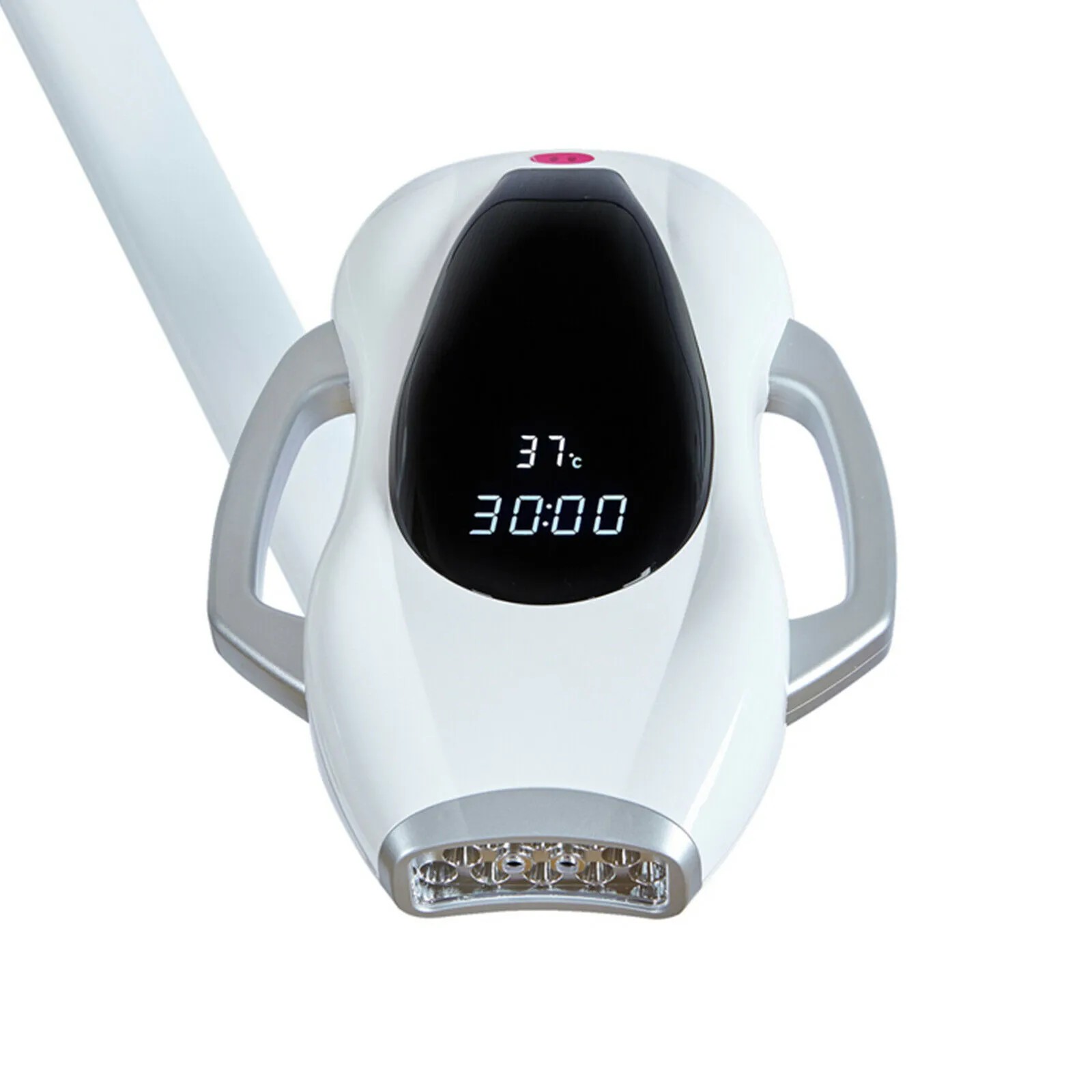Understanding Professional Teeth Whitening Machines
Professional teeth whitening machines represent a significant advancement in cosmetic dentistry, providing a highly effective means of brightening smiles. These devices are designed to be used exclusively by trained dental professionals, offering a level of power and precision that is unattainable with over-the-counter whitening products. The primary function of these machines is to accelerate the whitening process, typically by activating a bleaching agent applied to the teeth. This acceleration is achieved through the use of specific light wavelengths or laser technology, which penetrates the enamel and breaks down the stains and discoloration that have accumulated over time. Unlike at-home kits, professional machines allow for a more controlled and personalized treatment, ensuring both safety and optimal results. The choice of machine can significantly impact the efficacy, speed, and overall experience of the whitening treatment, making it crucial for dental professionals to select the right equipment for their practice and their patients needs.
Types of Professional Teeth Whitening Machines
Several types of professional teeth whitening machines are available, each utilizing different technologies to achieve the desired results. These machines vary in the type of light source they employ, the intensity of the light, and the specific application methods used. Understanding the differences between these machine types is essential for dental professionals when making a selection. The primary categories of machines include LED, laser, and UV-based systems. Each technology has its advantages and disadvantages, affecting factors such as treatment time, patient comfort, and the potential for side effects. Furthermore, the choice between these technologies often depends on the specific clinical needs, patient preferences, and the overall goals of the dental practice. It is therefore important to evaluate these technologies to make a choice that will provide optimal service for clients.
LED Whitening Machines
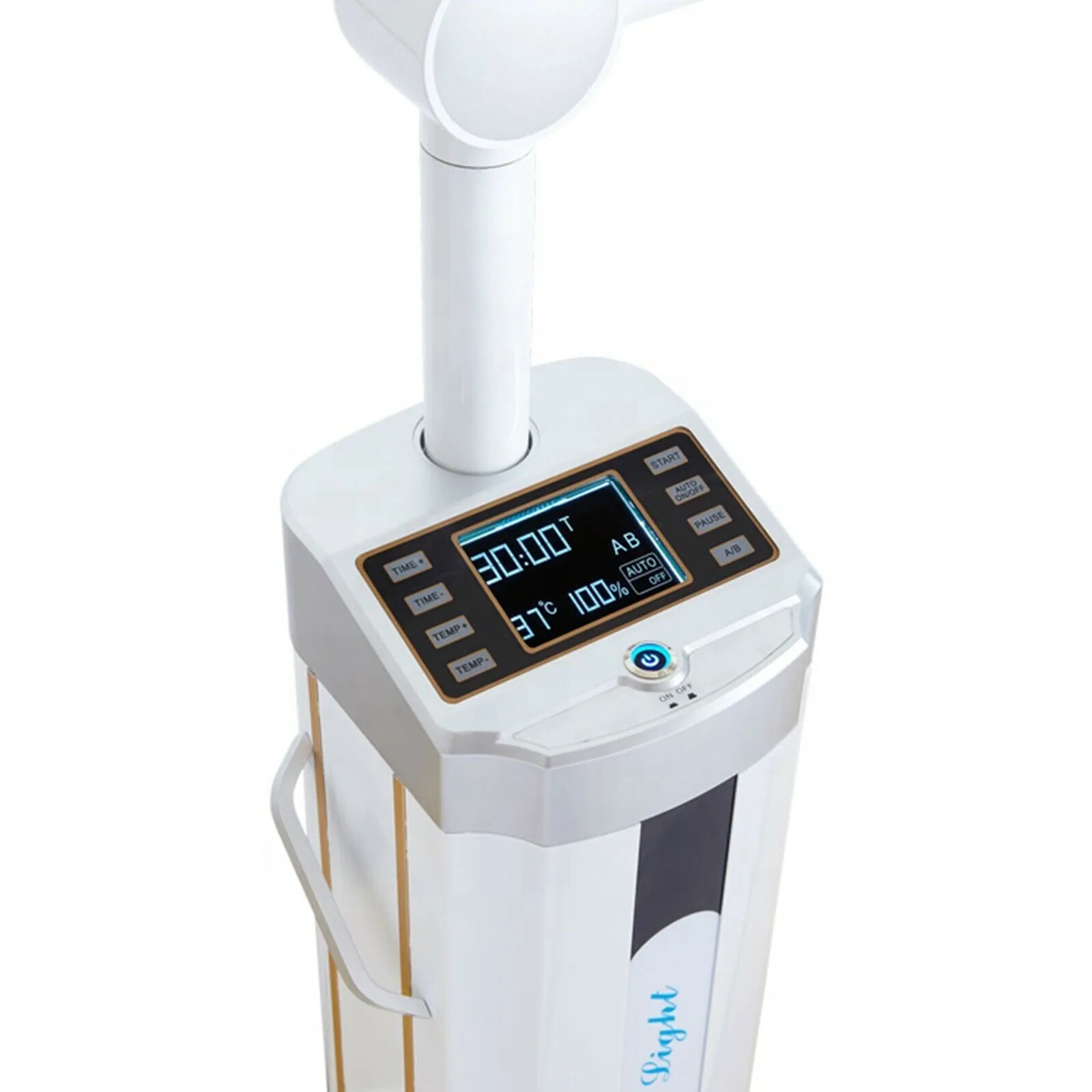
LED (Light Emitting Diode) whitening machines have become a popular choice due to their efficiency and relative safety. These machines use LED lights to activate the whitening gel applied to the teeth. LED technology is known for producing a focused, cool light that minimizes heat generation, reducing the risk of tooth sensitivity, a common side effect of teeth whitening. The process typically involves applying a hydrogen peroxide-based whitening gel to the teeth, followed by exposing the teeth to the LED light for a set period. This accelerates the breakdown of the gel, which whitens the teeth. LED machines are often favored for their user-friendliness and ability to provide noticeable results in a relatively short amount of time. They offer a balance between effectiveness and patient comfort. LED systems are ideal for those seeking effective, efficient and safe options for professional teeth whitening.
Laser Whitening Machines
Laser whitening machines utilize concentrated laser beams to activate the whitening gel. This method is known for its speed and potential for delivering dramatic results in a single session. The laser light, typically a blue or green wavelength, interacts with the hydrogen peroxide or other bleaching agents, accelerating the whitening process. Laser treatments can be highly effective in breaking down stubborn stains and discolorations, making them a preferred choice for clients seeking rapid and significant improvements in the appearance of their teeth. Because the laser provides a precise, concentrated form of energy, it is essential that these procedures be performed by highly trained professionals. This ensures that the process is both safe and efficient, reducing the risk of complications while maximizing the whitening outcome. The results can be immediate and profound.
UV Whitening Machines
UV (Ultraviolet) whitening machines employ ultraviolet light to activate the whitening gel, similar to LED and laser systems. The UV light accelerates the chemical reaction of the bleaching agent, effectively removing stains and discoloration from the teeth. UV machines are designed to be efficient, often allowing for shorter treatment times compared to other methods. However, the use of UV light in teeth whitening is subject to safety considerations. UV light can generate heat, potentially increasing the risk of tooth sensitivity or other side effects. UV systems should always be used with appropriate protective measures, such as protective eyewear for both the patient and the dental professional, to mitigate any potential risks. These systems can produce significant whitening results, and the outcomes often depend on the specific machine design, gel used, and professional application.
Factors to Consider When Choosing a Machine
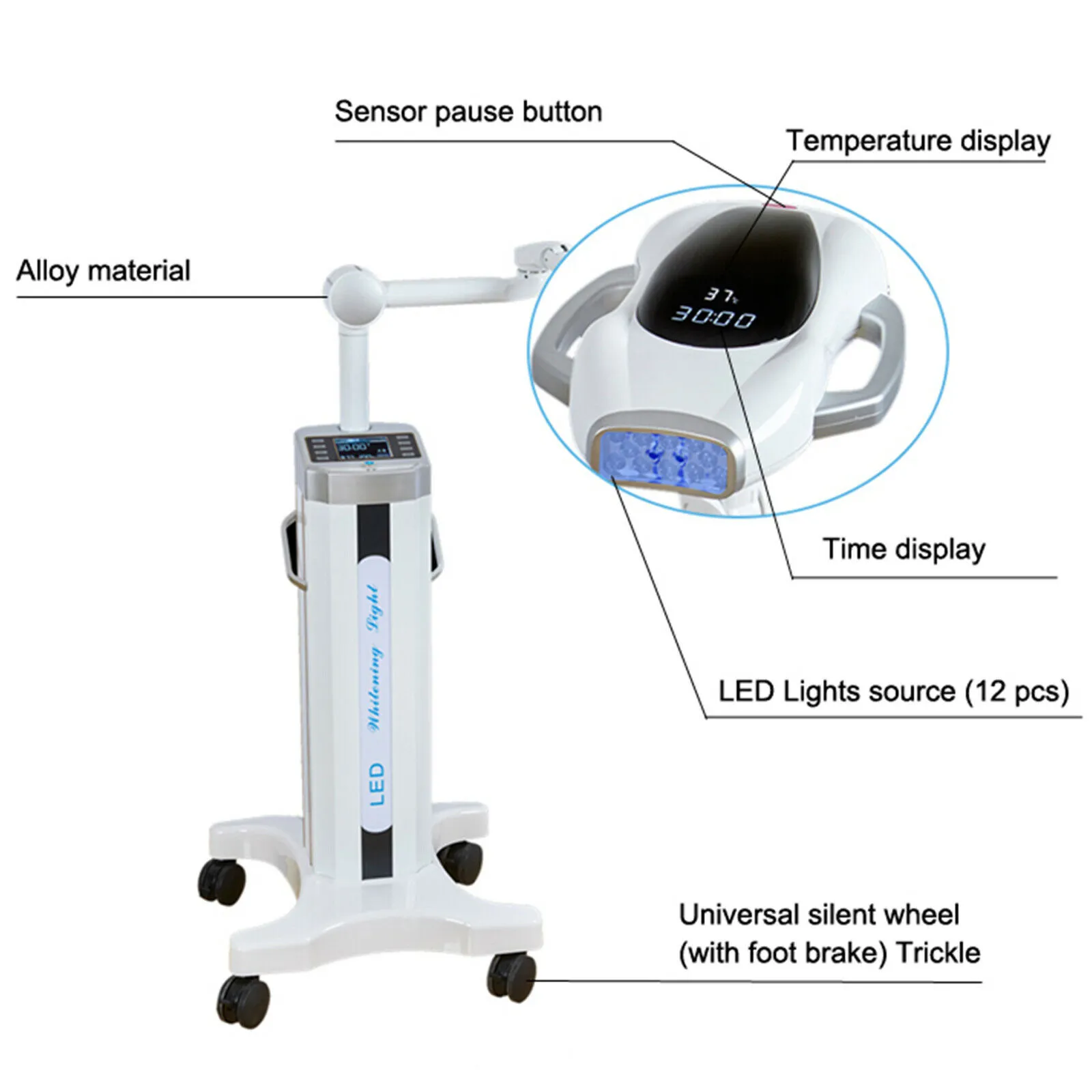
Choosing the right professional teeth whitening machine involves a careful consideration of several factors that will affect the machine’s performance, safety, and ease of use. These factors are very important, because the choice of machine will also affect the patient experience and overall satisfaction. Some key considerations include the power and intensity of the light source, the safety features incorporated into the design, and the ease with which the machine can be operated and maintained. Additionally, the cost of the machine, along with the return on investment it offers, is critical to evaluating the viability of the investment from a business perspective. By carefully assessing these aspects, dental professionals can make informed decisions about the equipment that will best meet their practice needs while providing excellent service to their patients.
Power and Intensity of the Machine
The power and intensity of a professional teeth whitening machine directly impact its effectiveness. Machines with higher power output generally offer faster whitening results. However, it is crucial to balance power with safety. Excessive power can lead to increased tooth sensitivity and potential damage to the enamel. The light’s intensity should be adjustable to accommodate different patient needs and levels of sensitivity. Machines that offer variable power settings provide greater flexibility, allowing dental professionals to customize treatments based on individual patient characteristics, such as tooth type and the severity of staining. This also enhances the patient experience, which is important for providing optimal results. The power of a machine must be carefully balanced to ensure the best possible results while maintaining patient safety.
Safety Features and Certifications
Safety features and certifications are paramount when selecting a professional teeth whitening machine. Look for machines equipped with features that minimize the risk of potential hazards. This can include built-in safeguards, such as automatic shut-off mechanisms to prevent overheating, and protective shields to limit light exposure to soft tissues. Machines that comply with international safety standards and bear certifications from recognized regulatory bodies provide assurance that they meet stringent safety criteria. These certifications demonstrate that the machine has undergone rigorous testing to ensure its safety and effectiveness. Prioritizing these features guarantees patient well-being and mitigates risks, making the selection of a certified machine an important part of the purchasing decision. Make sure that the machine complies with safety regulations.
Ease of Use and Maintenance
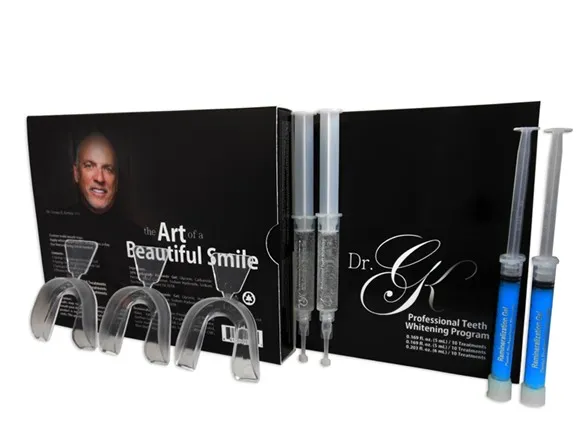
The ease of use and maintenance of a teeth whitening machine significantly influence its usability and longevity within a dental practice. Machines with intuitive interfaces and user-friendly controls facilitate efficient operation, allowing dental professionals to focus on patient care. Clear, easily accessible instructions, along with streamlined procedures, reduce the learning curve and minimize potential operational errors. Low-maintenance designs, which feature easy-to-clean surfaces and accessible components, help ensure the machine’s longevity. Machines that are easy to disassemble, clean and maintain can significantly reduce the cost of operation. The choice of a machine that is designed with ease of use and maintenance in mind can boost productivity and ensure a smooth operation, thereby maximizing the value of the investment.
Cost and Return on Investment
The cost of a professional teeth whitening machine is a significant factor to consider, and it needs to be carefully weighed against the potential return on investment (ROI). While initial costs vary widely depending on the technology, features, and brand, it’s essential to analyze the machine’s long-term value. This includes the cost of consumables (like whitening gels), maintenance expenses, and the expected lifespan of the equipment. Estimate the potential revenue generated from whitening procedures, taking into account the anticipated patient volume and the fees charged for services. A higher-priced machine may be justified if it leads to faster treatment times, increased patient throughput, and superior results, ultimately attracting more clients. It is vital to carefully evaluate the total cost of ownership and project the potential ROI to ensure that the investment aligns with the financial goals of the dental practice, providing a solid return.
Top Features to Look For
When choosing a professional teeth whitening machine, certain features can enhance its functionality and improve the patient experience. These features include adjustable settings that allow dental professionals to customize treatments, timer and preset programs for precise operation, and ergonomic design for operator and patient comfort. Focusing on these elements will ensure that your choice of equipment will meet your practice’s requirements.
Timer and Preset Programs
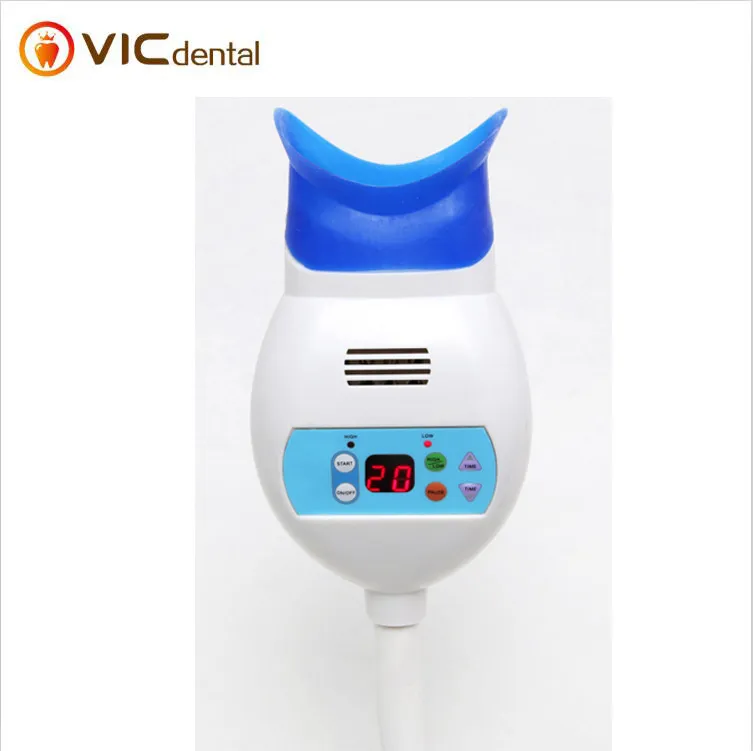
Machines equipped with timers and preset programs offer precision and efficiency in teeth whitening treatments. Timers allow dental professionals to accurately control the duration of the whitening process, which is essential for safety and effectiveness. Preset programs can provide standardized treatment protocols, streamlining procedures and ensuring consistent results. These programs are often designed for different patient needs, such as varying levels of staining or tooth sensitivity. The use of timers and preset programs eliminates guesswork, ensuring that each treatment is carried out correctly. These features can improve productivity and improve the patient experience by making treatments more efficient. The selection of a machine that has these features will significantly benefit a dental practice.
Adjustable Settings
Adjustable settings are a key feature to look for in a professional teeth whitening machine because they allow dental professionals to customize treatments according to the individual needs of their patients. Machines that offer variable power output allow for the adjustment of the light intensity, accommodating different levels of tooth sensitivity and ensuring patient comfort. Adjustable settings also allow for the adaptation of treatment durations, which enables the optimization of treatment protocols based on the severity of the staining and the patient’s desired outcomes. The ability to fine-tune the treatment process helps minimize potential side effects and helps achieve optimal results. The availability of adjustable settings is a critical consideration when making a purchase.
Ergonomic Design
An ergonomic design is important for both the operator and the patient during teeth whitening treatments. Features like adjustable positioning and comfortable headrests can greatly enhance the patient experience, promoting relaxation and minimizing discomfort during the procedure. Easy-to-maneuver controls and an intuitive interface can reduce operator fatigue, improve efficiency, and make the treatment process easier. The ergonomic design contributes to overall treatment satisfaction and can influence the decision to choose one machine over another. Investing in a machine that prioritizes comfort and user-friendliness will contribute to a more positive and professional atmosphere.
Maintenance and Cleaning
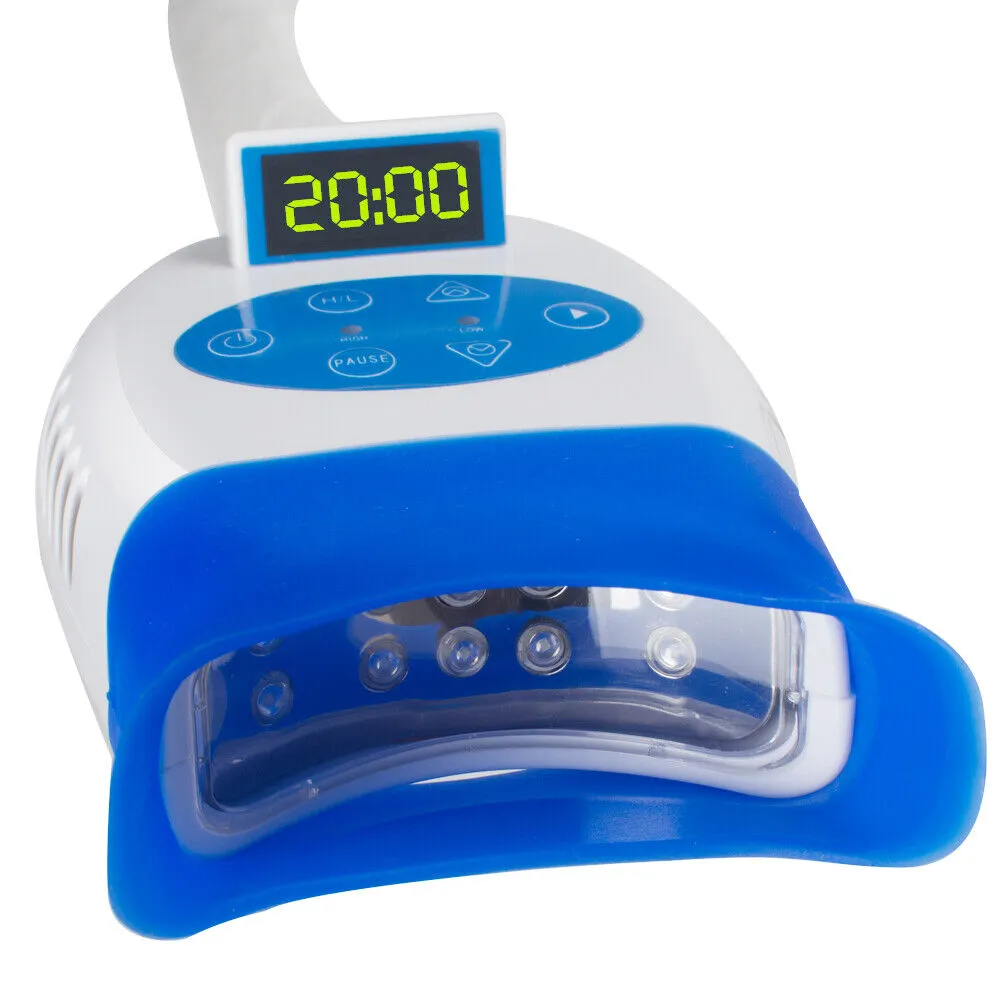
Regular maintenance and cleaning are essential for ensuring the long-term performance and reliability of any professional teeth whitening machine. These practices not only prolong the lifespan of the equipment but also maintain the hygiene standards, guaranteeing patient safety. Proper care also helps to prevent malfunctions and reduce the need for costly repairs. Implementing a consistent maintenance routine can also streamline the process, which will improve the operational efficiency of the dental practice.
Best Practices for Machine Maintenance
Adhering to best practices for machine maintenance is critical for maximizing the lifespan and performance of a professional teeth whitening machine. Regularly inspect all components for signs of wear or damage, and schedule professional servicing as recommended by the manufacturer. Keep a detailed maintenance log to track all performed services, cleaning cycles, and any repairs. Ensure that all moving parts are adequately lubricated according to manufacturer guidelines to prevent friction and wear. By consistently following a maintenance plan, you can keep your whitening machine in top working condition, extending its useful life and ensuring consistent results.
Cleaning the Machine
Cleaning the teeth whitening machine is vital for maintaining hygiene and preventing the spread of infection. After each use, carefully wipe down all accessible surfaces, including the light source and any areas that come into contact with the patient. Use a soft cloth and a mild disinfectant recommended by the manufacturer to avoid damaging the equipment. Regularly clean and sterilize any detachable parts, such as mouthpieces or shields, following the recommended sterilization protocols. This should include a process to clean any protective eyewear worn by both the patient and the operator, as well as the treatment area. Maintaining a clean environment prevents cross-contamination and ensures the machine operates safely.
Storing the Machine Properly
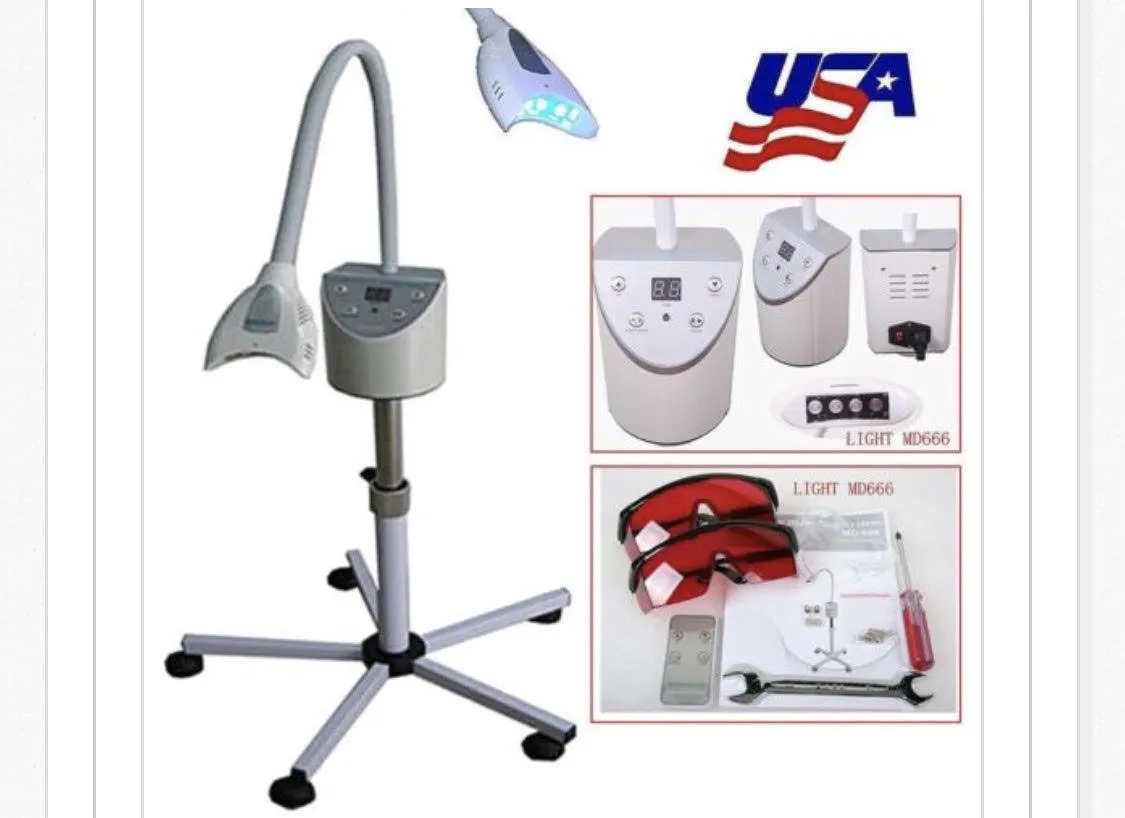
Proper storage is important for protecting a professional teeth whitening machine from damage and maintaining its performance. When the machine is not in use, store it in a clean, dry environment. If the machine is movable, store it in a location away from extreme temperatures, direct sunlight, and dust. Ensure that the machine is shielded from potential hazards. Regularly check the power cords, and connections for signs of damage. If the machine has any removable components, store them in a safe place. By following these guidelines, you can extend the life of your investment and ensure that it will perform optimally when needed.
Troubleshooting Common Issues
Knowing how to troubleshoot common issues can save time and prevent unnecessary downtime with your professional teeth whitening machine. If the machine fails to power on, check the power cord and outlet to ensure that there is a secure connection. Should the light source not function correctly, examine the bulb or LED array for any visible damage or wear, and consult the manufacturer’s guidelines for replacement. If the machine is not delivering expected results, make certain that the whitening gel is fresh, has been stored correctly, and has not expired. If problems persist, consult the manufacturer’s troubleshooting guide, or contact a qualified technician for assistance. Quick responses and problem-solving will help provide a great experience for your patients.
Maximizing Results with Your Whitening Machine
To maximize the effectiveness of your professional teeth whitening machine, combine the machine with effective treatment protocols and provide excellent patient care. Use high-quality whitening gels. Ensure that you adhere to the manufacturer’s instructions for application and light activation. Carefully assess each patient’s teeth and tailor the treatment to their specific needs. In addition to the technical aspects of the treatment, also consider providing good oral hygiene instructions, including guidance on diet and the avoidance of staining foods and drinks. Finally, schedule follow-up appointments to track progress and provide additional treatment if needed. When providing teeth whitening services, it is important to create a professional, friendly and trustworthy environment.
